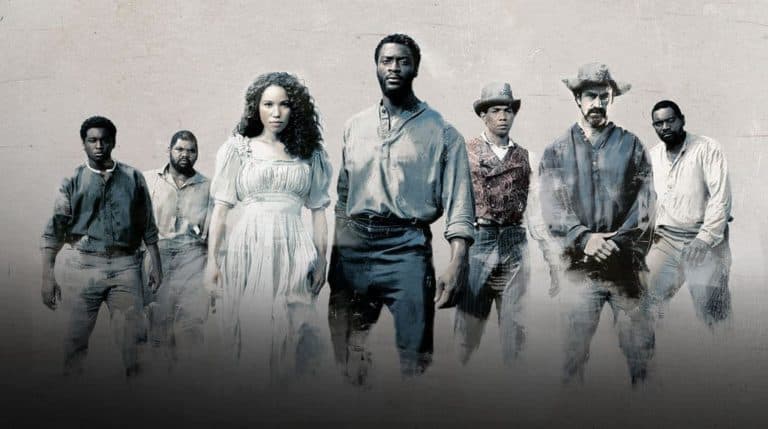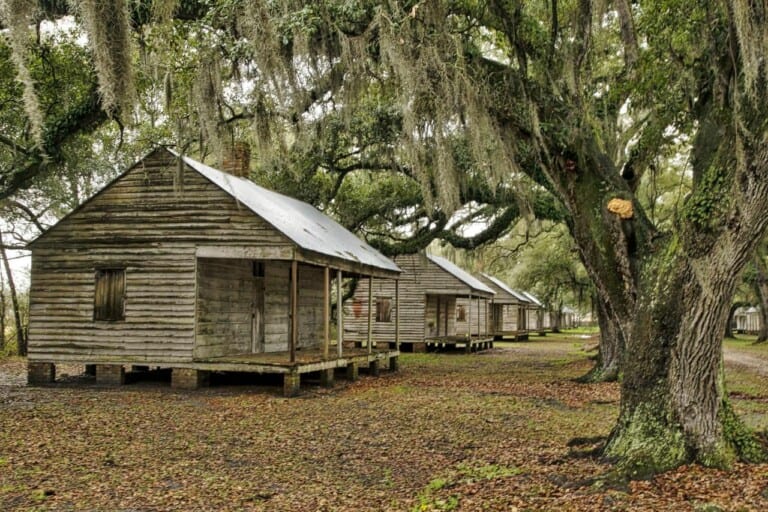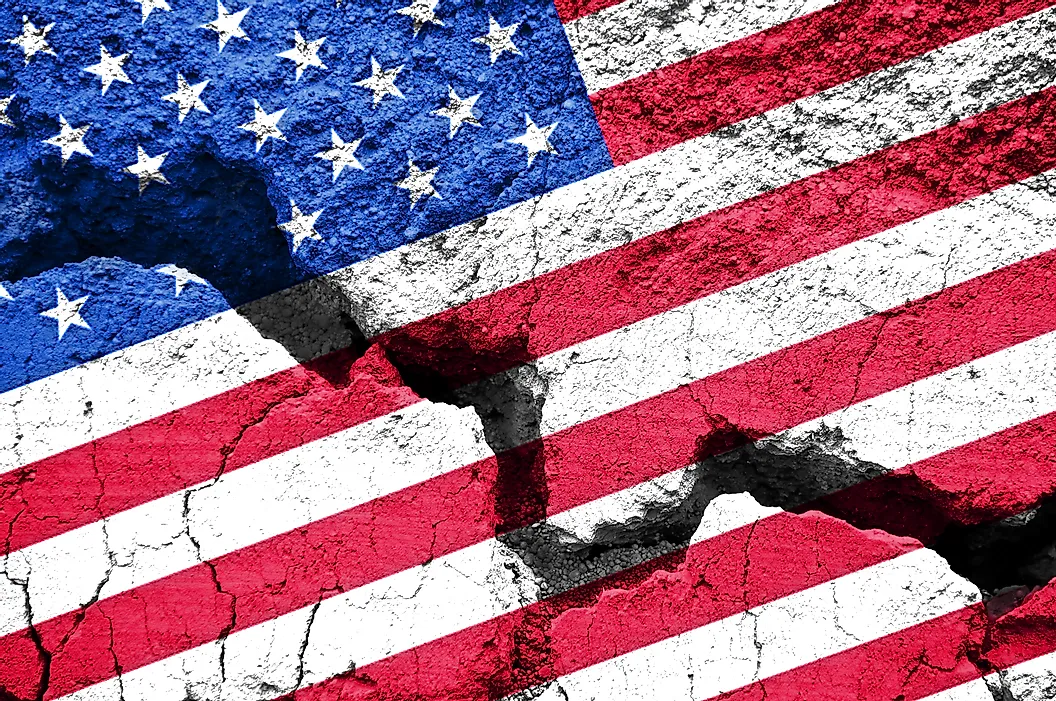The cotton industry
Cotton was the main crop in the South and the first industry in Georgia. Georgia planters exported their cotton to England but it was not treated.
Thanks to Whitney’s invention, the “Cotton Gin” (Cotton Engine – 1793), which separated the seeds from the fibres, a huge increase in the amount of cotton produced was made possible. In 1820, the output was 8,000 times higher than in 1791.
The increase was achieved by bringing in more slaves to pick the cotton. The prosperity of the planters depended more and more on slavery and Southerners broke away from the US.
Slavery is the root of Southern wealth and industry. It is an institution in the South, as well as their peculiar way of life. The “Cotton Gin” brought about slavery and the Civil War.
In 1810, there were 7,2 million people in the USA and among those people 1,2 million black slaves.
Thomas Jefferson, who wrote the Declaration of Independence, owned slaves himself and had a black mistress with whom he had children. Georges Washington, as a land owner, owned slaves too.
Southerners defending the right of slavery asked an unanswerable question: how could they cultivate their fields of tobacco, rice, and cotton without slave workers?
The situation was different in the North: the climate was cooler and the farms were smaller so there was no need for slaves. Many Northerners were abolitionists.
By the 19th century, many Northern states had passed their laws to abolish slavery inside their boundaries. In 1808, they persuaded Congress to make it illegal to bring in new slaves from Africa. Gradually, North and South opposed each other.
The Missouri Compromise
In the 1830s, Northern and Southern politicians kept arguing: is slavery permitted in the new territories being settled in the West? The discussion focused on Missouri, which was part of the Louisiana Purchase.
Lire la suite



